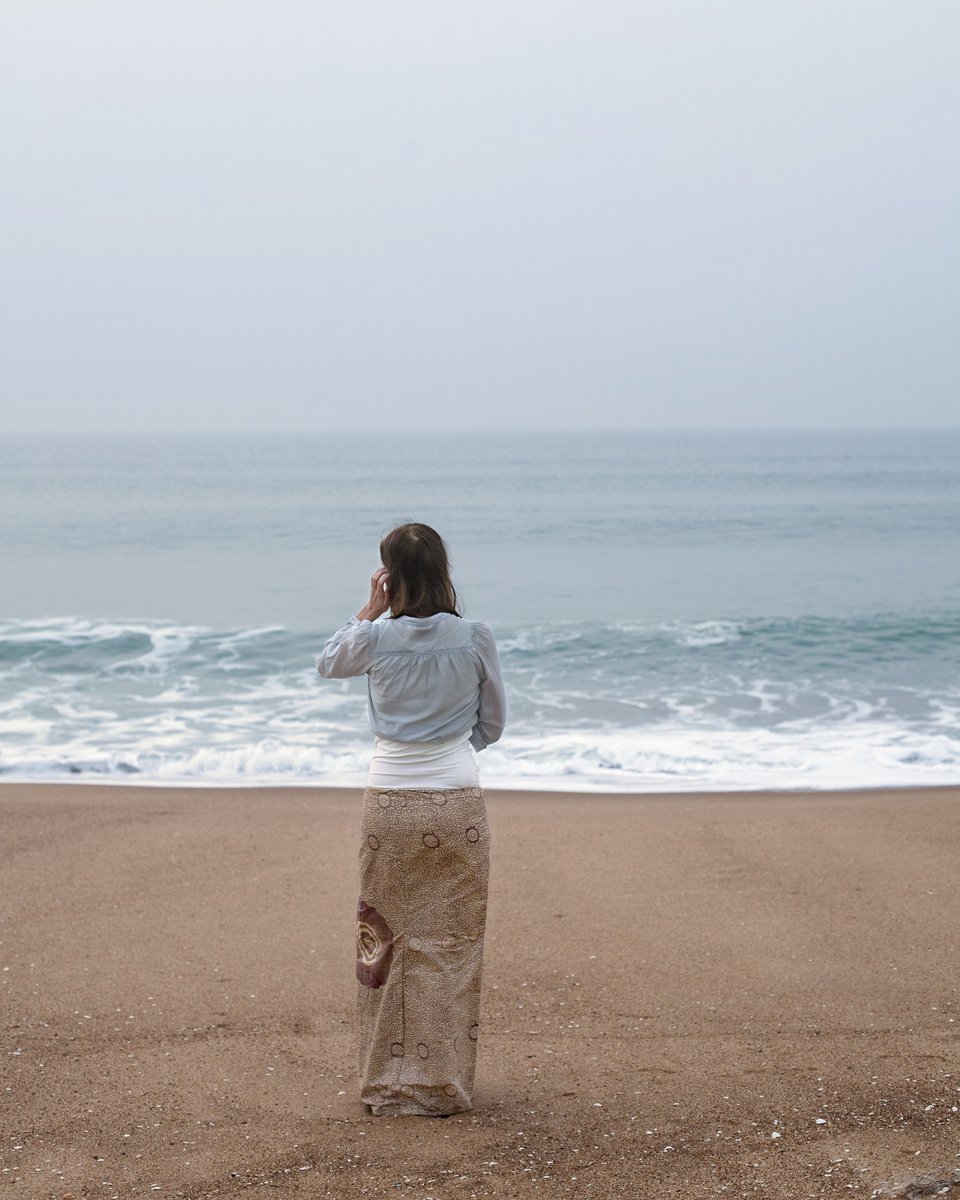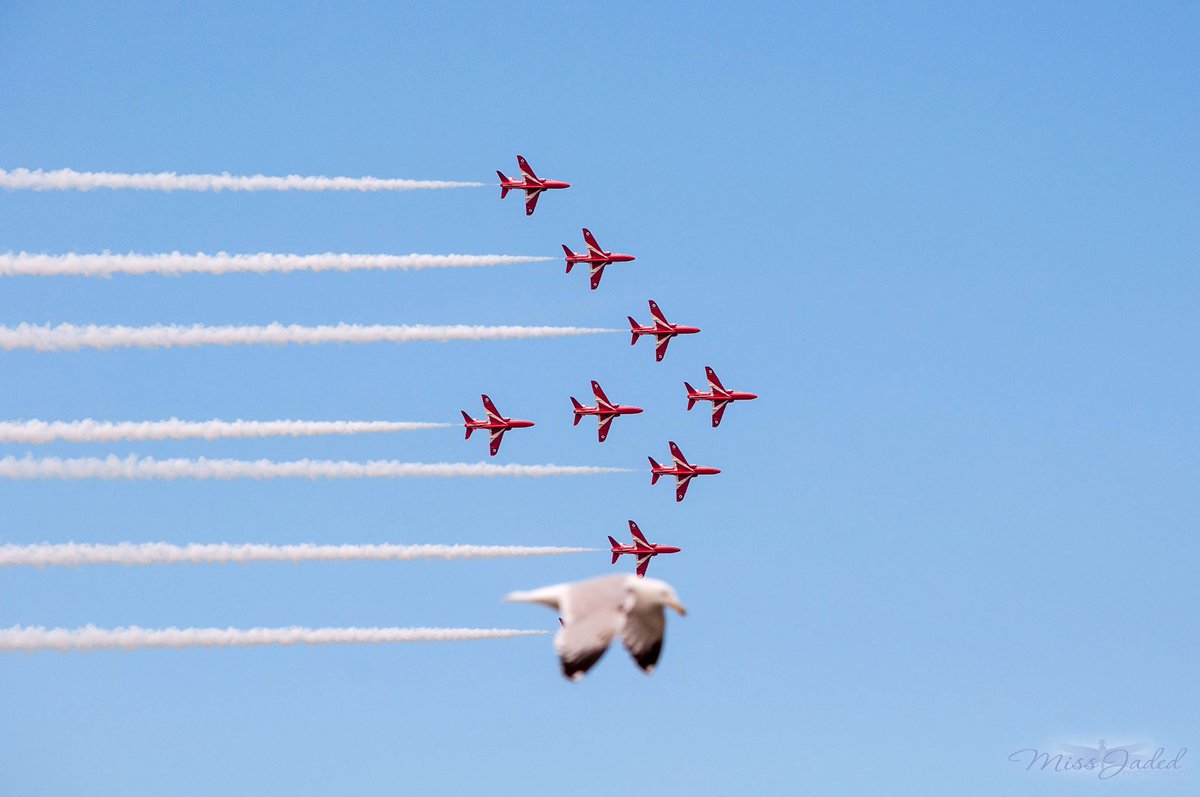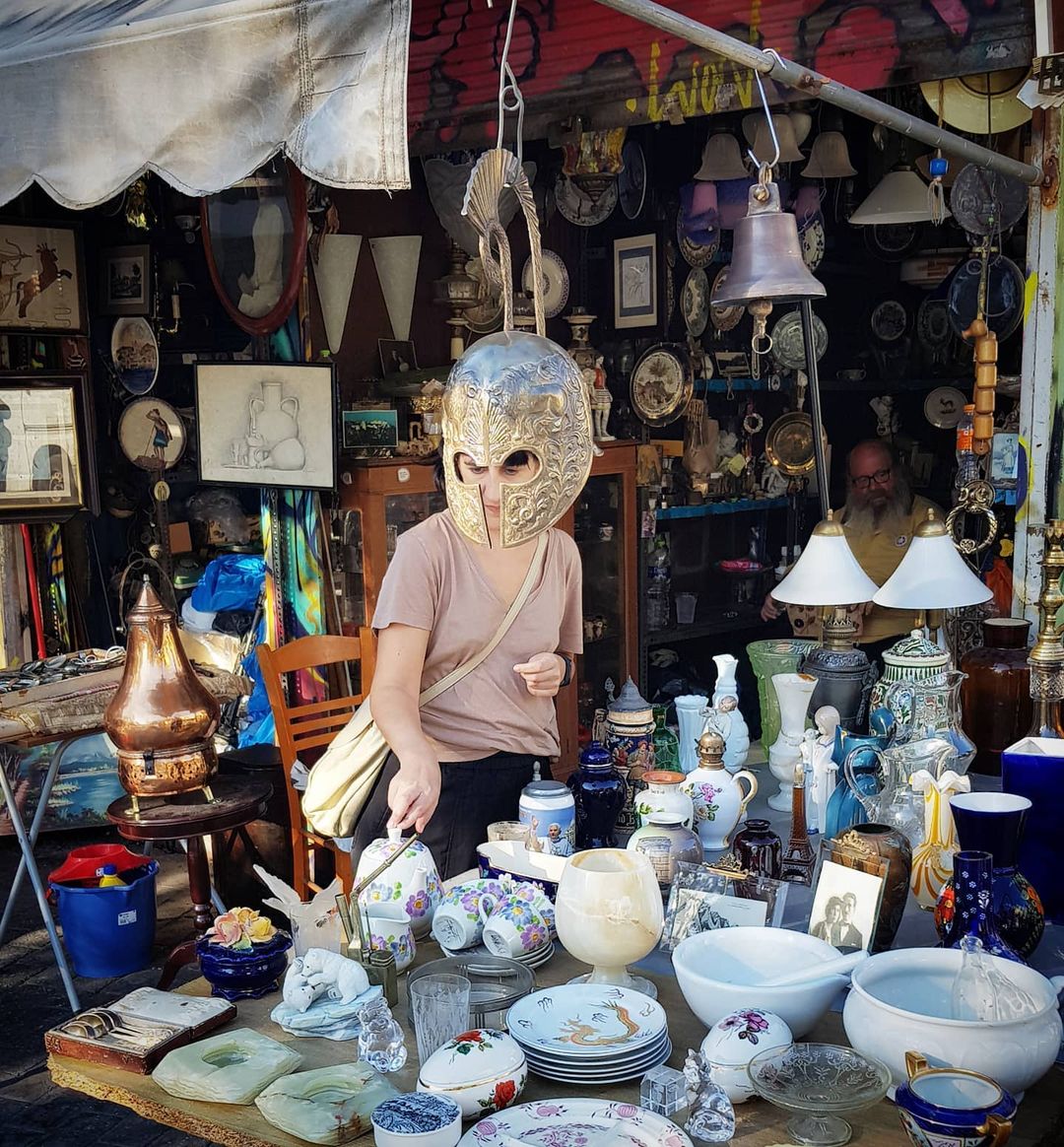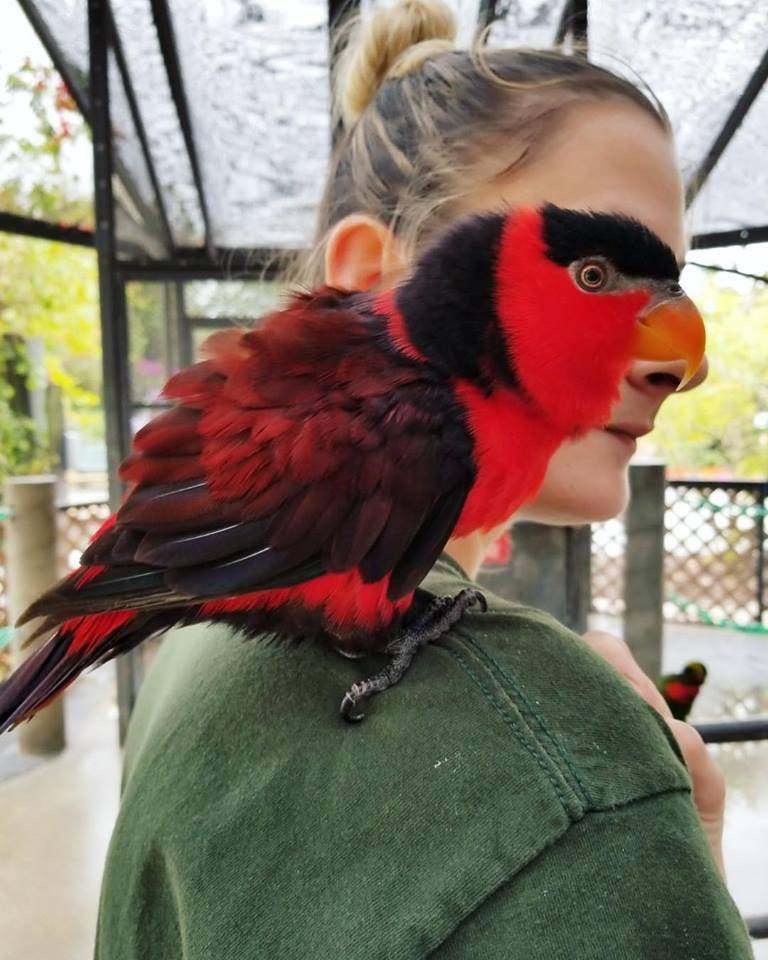Photographs taken in the right place at the right time, intentionally or by chance - a thread 🧵
1. Wilma Hurskainen
1. Wilma Hurskainen

If you enjoyed this thread, please repost this and follow me for more content: @JamesLucasIT
https://twitter.com/jameslucasit/status/1764356873564594511
• • •
Missing some Tweet in this thread? You can try to
force a refresh











































